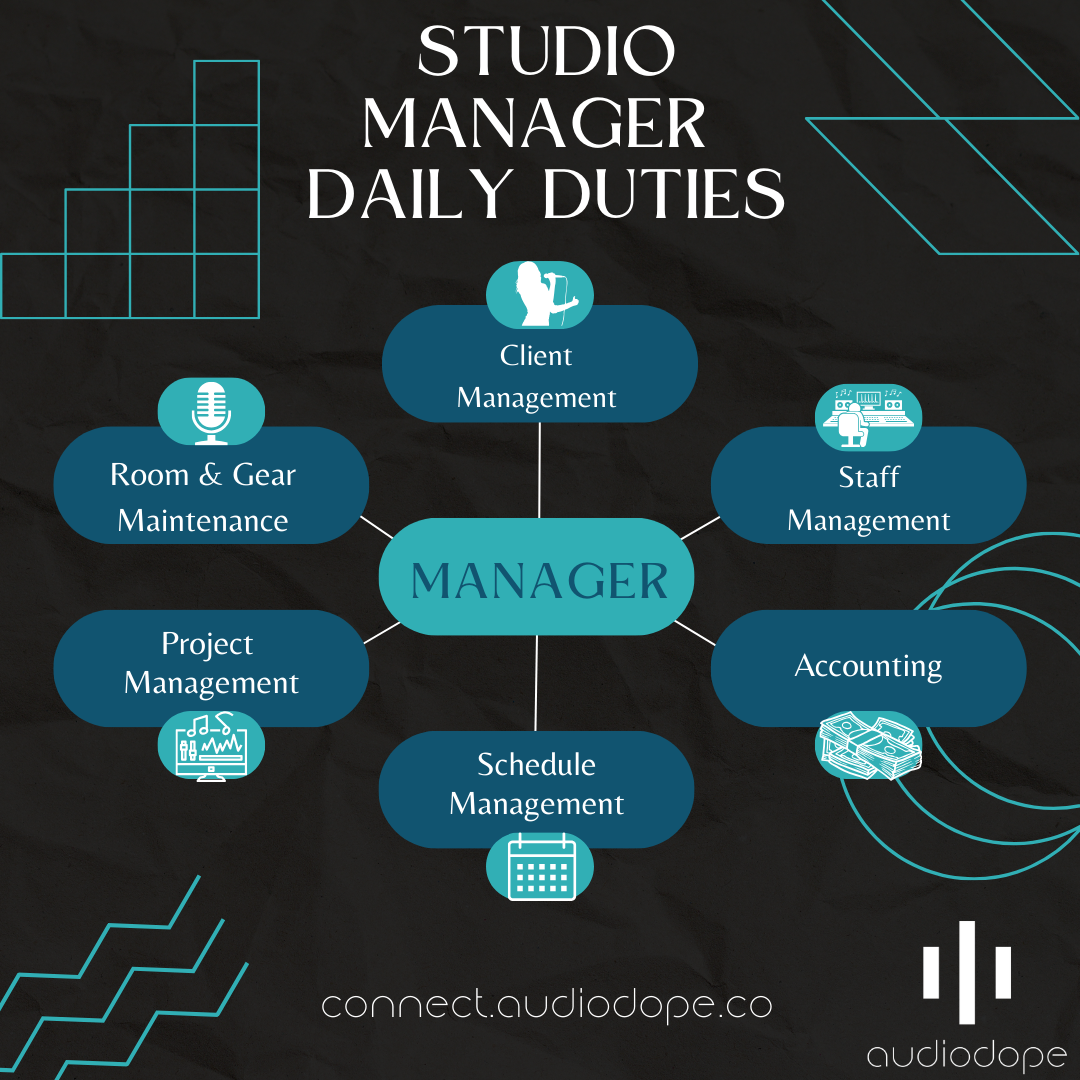What is a typical day in the Recording Studio?
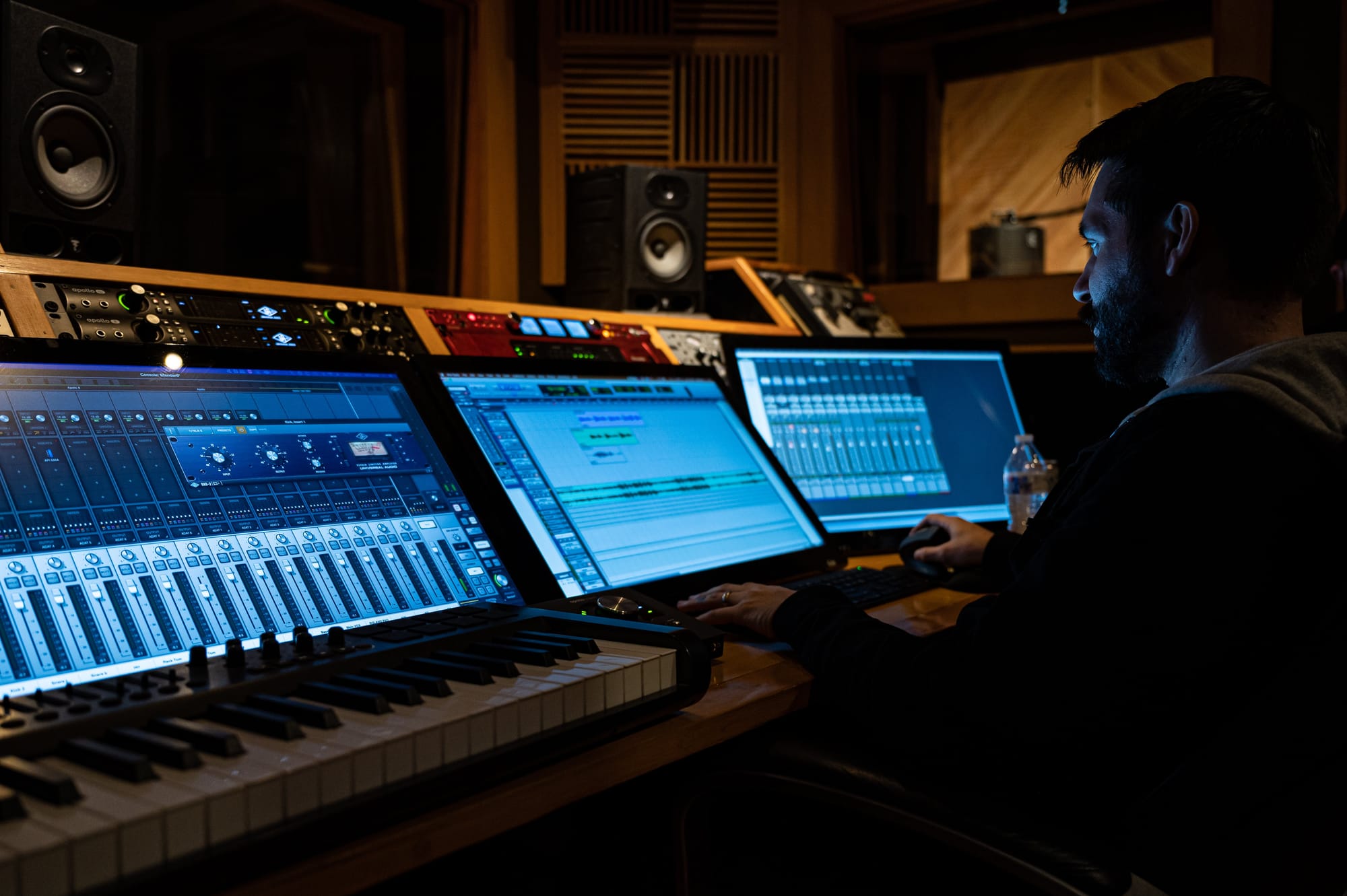
Welcome to the world of the recording studio, where music comes to life through a process that is as creative as it is technical. From capturing the perfect sound to fine-tuning the final mix, every day in the recording studio is packed with a myriad of processes that ensure the production of high-quality music.
In this article, we will explore the daily processes that take place in the recording studio, providing an inside look at the behind-the-scenes work that goes into creating music. From setting up the equipment and instruments to working with talented musicians and audio engineers, each step in the recording process plays a vital role in bringing a song to its full potential.
Whether you're a music enthusiast curious about the inner workings of a recording studio or an aspiring musician eager to learn more about the industry, this article will give you a comprehensive understanding of the daily processes that contribute to the magic of music production. So, let's dive in and discover the world of the recording studio.
Roles and Responsibilities in a Recording Studio
A recording studio is a collaborative environment where various professionals work together to bring a musical vision to life. Each person involved has specific roles and responsibilities that contribute to the overall success of the recording process.
- Audio Engineer: The audio engineer is the backbone of the recording studio. They are responsible for setting up the recording equipment, ensuring the sound quality is optimal, and capturing the best possible recordings. They work closely with the musicians and producers to achieve the desired sound.
- Producers: Producers oversee the entire recording process, making artistic and technical decisions to create the desired sound and vibe for the music. They work closely with the artists, songwriters, and audio engineers to ensure the vision is brought to life.
- Musicians: Musicians bring their talent and skills to the recording studio. They collaborate with the producers and audio engineers to create the music, playing their instruments or singing vocals for the recordings.
- Songwriters: Songwriters contribute the creative aspect of the music by writing the lyrics and melodies. They work closely with the artists and producers to ensure the songs are well-crafted and resonate with the intended audience.
- Studio Manager: The studio manager oversees the day-to-day operations of the recording studio. They handle scheduling, client management, and ensure that the studio runs smoothly.
- Assistant Engineers: Assistant engineers provide support to the audio engineer and help with various tasks such as setting up equipment, troubleshooting issues, and organizing files.
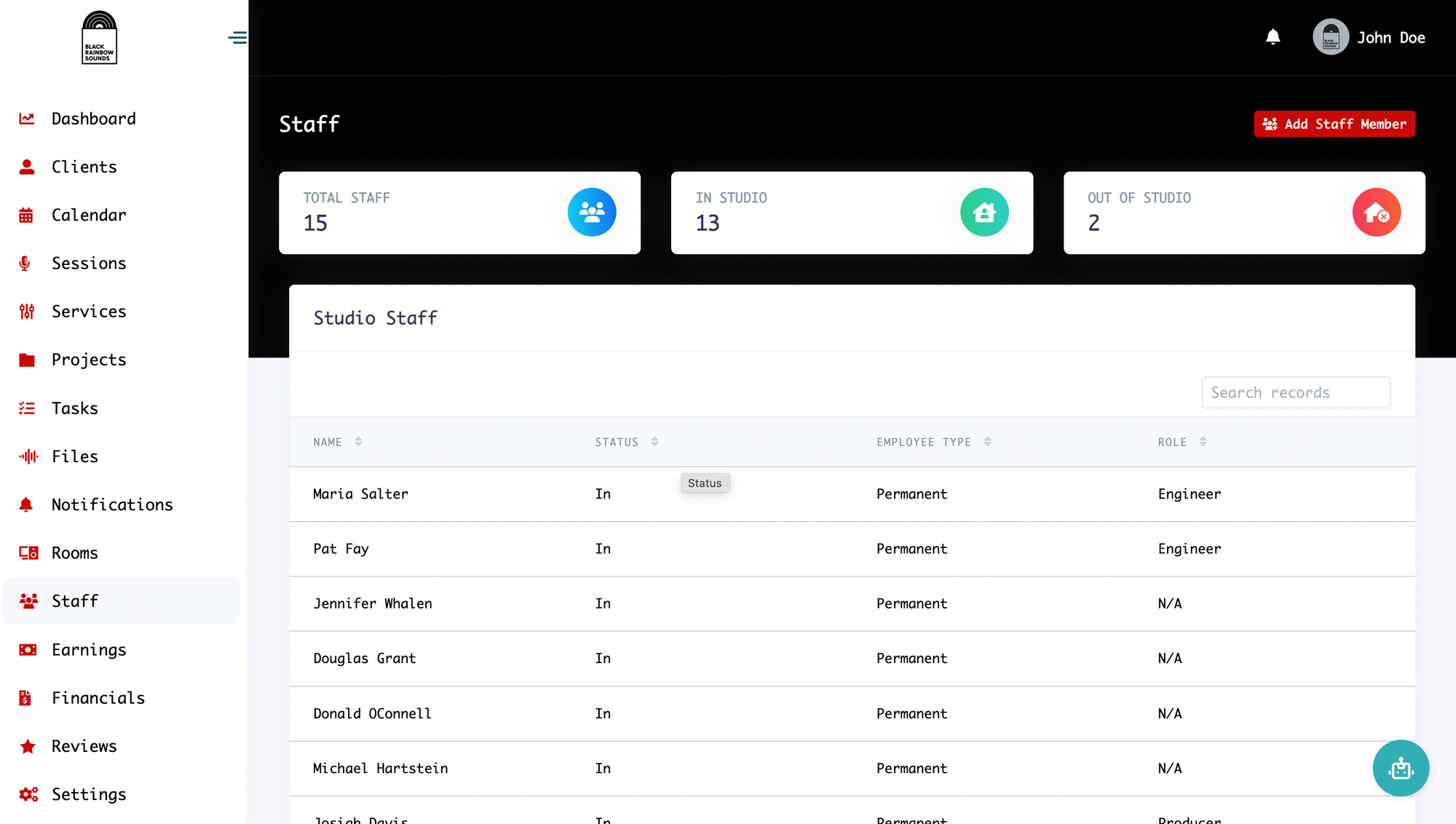
These roles and responsibilities are crucial in maintaining a productive and efficient recording studio environment.
Pre-production Processes in the Recording Studio
Before the actual recording sessions begin, there are several pre-production processes that take place in the recording studio. These processes lay the foundation for a successful recording session and help ensure that everything runs smoothly.
- Song Selection and Preparing Arrangements: Artists and producers work together to select the songs that will be recorded. They also spend time fine-tuning the arrangements to ensure that they are well-suited for the recording studio environment.
- Rehearsals: Musicians and artists spend time rehearsing the songs before entering the recording studio. This helps them become familiar with the material and ensures a smooth recording process.
- Equipment Setup and Testing: The audio engineer and assistant engineers set up the recording equipment and test it to ensure everything is working properly. This includes microphones, instruments, amplifiers, and other audio gear.
- Room Acoustics and Soundproofing: The recording studio is carefully designed to provide optimal acoustics and soundproofing. The room is treated with acoustic panels and diffusers to minimize unwanted reflections and external noise.
- Creating a Recording Plan: The producers and audio engineer work together to create a recording plan, outlining the order in which the songs will be recorded and any specific techniques or effects that will be used.
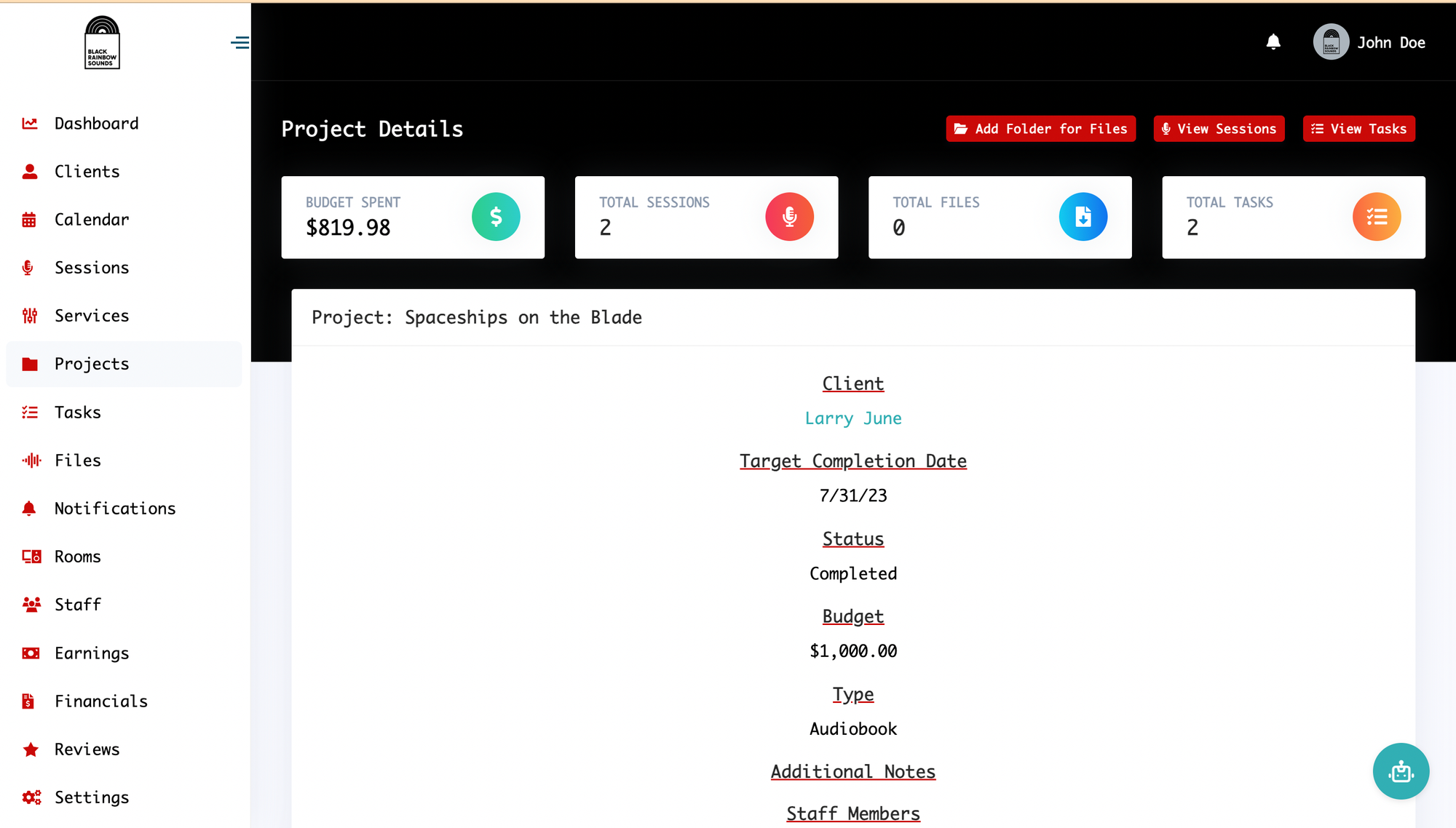
These pre-production processes are essential in creating a conducive environment for the actual recording sessions and help save time and resources in the long run.
Recording Techniques and Equipment
Once the pre-production processes are complete, it's time to dive into the actual recording sessions. The recording studio is equipped with a wide range of specialized equipment and techniques that help capture the best possible recordings.
- Microphones: Microphones play a crucial role in capturing the sound in the recording studio. Different microphones are used for various instruments and vocals, each with its own unique characteristics.
- Audio Interfaces and Preamps: Audio interfaces and preamps are used to convert analog audio signals into digital data that can be recorded and processed by the computer. They ensure high-quality sound capture and signal clarity.
- Digital Audio Workstations (DAWs): DAWs are software applications that allow for recording, editing, and mixing of audio. They provide a versatile platform for audio engineers and producers to manipulate and enhance the recorded sound.
- Effects Processors: Effects processors such as reverb, delay, and compression are used to add depth, space, and dynamics to the recordings. They help create a polished and professional sound.
- Monitoring Systems: Monitoring systems, including studio speakers and headphones, are used to accurately listen to and evaluate the recordings. They provide a flat and accurate representation of the sound, allowing for precise adjustments.
- Instrumentation and Amplification: Recording studios are equipped with a wide range of instruments and amplifiers to cater to different musical genres and styles. From guitars and keyboards to drum kits and bass guitars, the studio has everything needed to create the desired sound.
These recording techniques and equipment are meticulously chosen and used to capture the best possible sound quality and bring the music to life.
Mixing and Mastering in the Recording Studio
Once the recordings are complete, the next step in the recording process is mixing and mastering. This is where the audio engineer and producer work together to create a balanced and polished final mix.
- Mixing: Mixing involves adjusting the levels, panning, and equalization of individual tracks to create a cohesive and balanced sound. The audio engineer carefully listens to each track and makes adjustments to ensure all the elements work together harmoniously.
- Effects and Processing: Effects and processing techniques are applied during the mixing stage to enhance the sound and add creative elements. This includes adding reverb, delay, compression, and other effects to create depth, space, and dynamics.
- Automation: Automation is used to control and adjust various parameters throughout the mix. This includes volume changes, panning, and effects. It helps create movement and dynamics within the mix.
- Mastering: Mastering is the final step in the recording process. It involves fine-tuning the overall sound of the mix, optimizing it for different playback systems, and ensuring consistency across all tracks of an album or project.
- Loudness and Dynamic Range: The audio engineer carefully balances the loudness and dynamic range of the mix, ensuring it sounds good on different playback systems and maintains the artistic intent of the music.
- Final Checks and Quality Control: Before the final mix is delivered, the audio engineer performs rigorous quality control checks to ensure there are no technical issues or errors in the recordings. This includes checking for clicks, pops, noise, and any other imperfections.
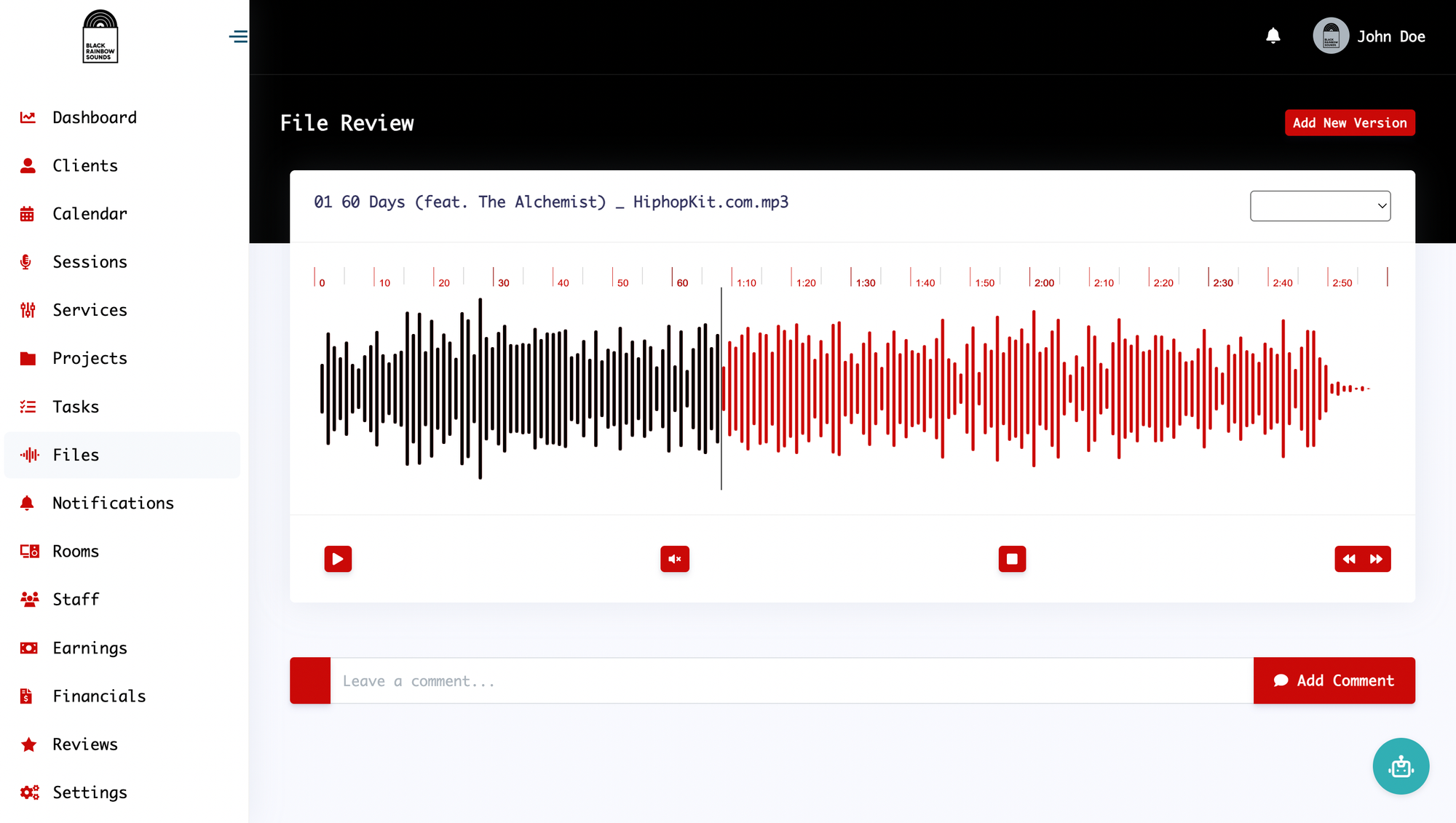
The mixing and mastering processes are crucial in creating a professional and polished final product that is ready for distribution and release.
Collaborating with Artists and Musicians
Collaboration is at the heart of the recording studio environment. Artists, musicians, producers, and audio engineers work together to bring their creative visions to life.
- Communicating the Vision: Artists and producers communicate their vision for the music to the musicians and audio engineers. This includes discussing the desired sound, mood, and emotional impact of the music.
- Experimenting and Trying New Ideas: The recording studio is a space for experimentation and creativity. Artists and musicians are encouraged to try new ideas and explore different musical directions to push the boundaries of their art.
- Providing Feedback and Guidance: Producers and audio engineers provide feedback and guidance to the artists and musicians throughout the recording process. They help shape the sound and ensure the music aligns with the overall vision.
- Creating a Supportive Environment: The recording studio is a safe and supportive space where artists and musicians can express themselves freely. Collaboration thrives when everyone feels comfortable and valued.
Collaboration is essential in creating music that resonates with audiences and stands the test of time.
Troubleshooting Common Issues in the Recording Studio
Despite careful planning and preparation, issues can arise during the recording process. Knowing how to troubleshoot and resolve these issues is crucial in maintaining a smooth workflow.
- Technical Malfunctions: Equipment malfunctions can occur unexpectedly. It's important to have backup equipment and troubleshoot any technical issues promptly to minimize downtime.
- Performance Challenges: Musicians may face challenges during recording sessions, such as difficulty playing a specific part or struggling with timing. Patience, encouragement, and problem-solving skills are key to overcoming these challenges.
- Noise and External Interference: Recording studios are designed to minimize external noise, but sometimes unexpected noises can still creep in. Solutions include soundproofing the room further or finding creative ways to work around the noise.
- Software and Computer Issues: DAWs and other software applications may encounter glitches or crashes. Regular software updates, backups, and technical support can help resolve these issues quickly.
- Communication Breakdowns: Miscommunication can lead to confusion and delays in the recording process. Clear and open communication between all parties involved is essential to avoid misunderstandings.
Being prepared to troubleshoot and resolve common issues ensures a smooth and efficient recording process.
The Importance of Organization and Time Management in the Recording Studio
Organization and time management are crucial in maintaining a productive and efficient recording studio environment.
- File Management: Keeping track of recordings, takes, and project files is essential for easy retrieval and collaboration. Organizing files in a logical and structured manner saves time and prevents confusion.
- Scheduling and Time Allocation: Having a well-planned schedule and allocating sufficient time for each task ensures that all necessary processes are completed without rushing or compromising quality.
- Efficient Workflow: Streamlining workflows and optimizing processes saves time and reduces unnecessary steps. This includes setting up templates, creating shortcuts, and using automation tools within the DAW.
- Project Documentation: Documenting project details, settings, and decisions helps maintain consistency and allows for easy reference in the future. This includes keeping track of equipment settings, microphone placements, and mixing decisions.
- Collaboration Tools: Utilizing collaboration tools and project management software like AudioDope Studio Manager can streamline communication, file sharing, and workflow coordination between different team members.
By prioritizing organization and time management, recording studios can maximize their productivity and ensure a smooth workflow.
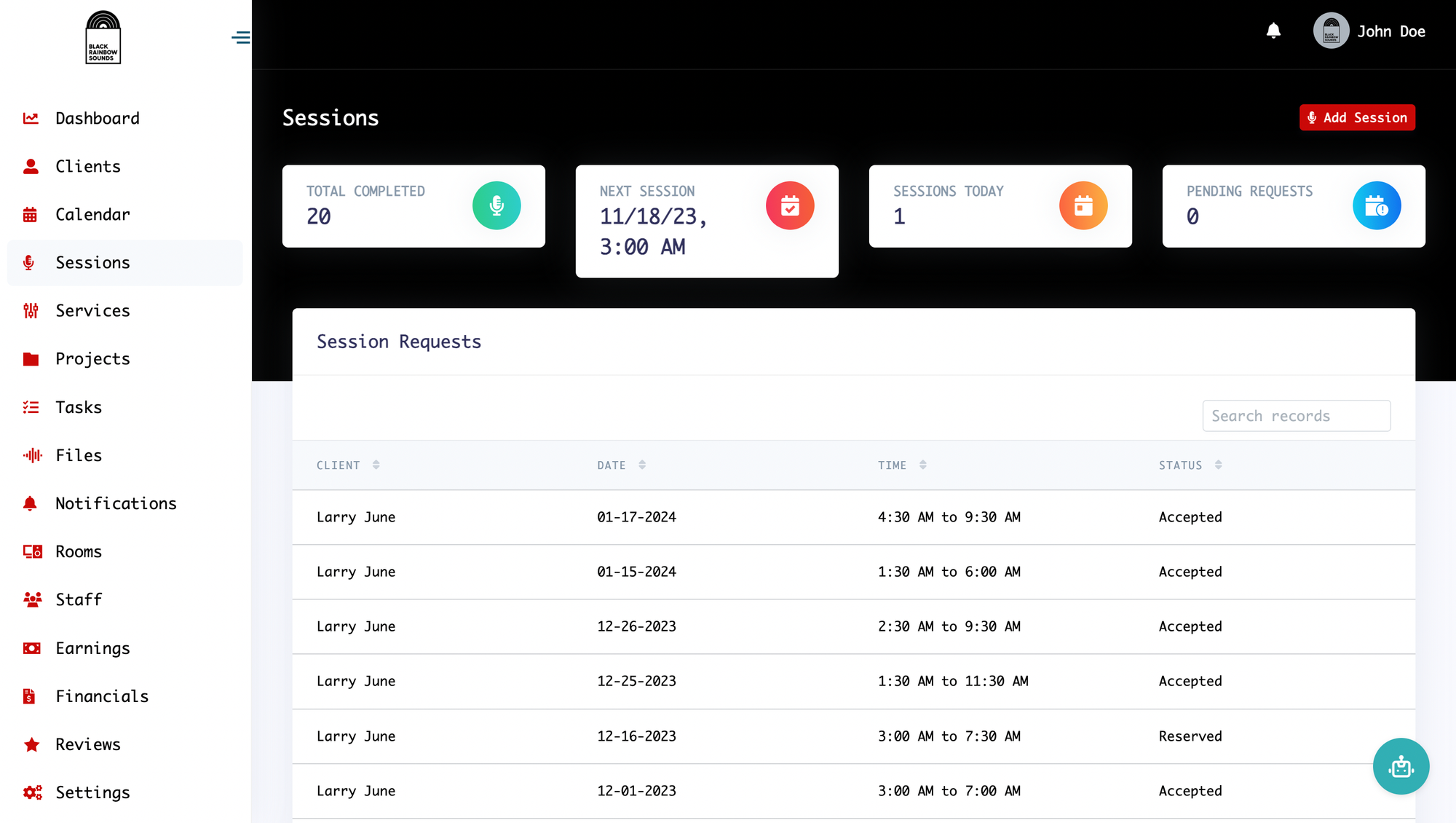
Keeping Up with Technological Advancements in the Recording Studio
The recording industry is constantly evolving, with new technologies and tools being introduced regularly. Staying up to date with these advancements is vital for recording studios to remain competitive and meet the demands of artists and clients.
- Continuing Education: Audio engineers and producers should invest in continuing education to stay current with the latest recording techniques, equipment, and software. This can include attending workshops, conferences, or online courses.
- Networking and Collaboration: Engaging with other professionals in the industry through networking events or online communities allows for knowledge exchange and staying informed about the latest technological advancements.
- Research and Exploration: Regularly researching and exploring new tools and technologies helps recording studios identify opportunities for improvement and stay ahead of the curve.
- Equipment Upgrades: Investing in new equipment and software upgrades can improve the quality and efficiency of the recording process. This includes upgrading microphones, audio interfaces, software plugins, and other essential tools.
- Adapting to Industry Trends: Monitoring industry trends and adapting to changes in music consumption habits, such as streaming platforms and virtual reality, allows recording studios to cater to the evolving needs of artists and audiences.
By embracing technological advancements, recording studios can enhance their capabilities and provide cutting-edge services to their clients.
Conclusion and Final Thoughts
The daily processes in the recording studio are a delicate balance of creativity, technical expertise, and collaboration. From setting up the equipment and instruments to capturing the perfect sound, each step contributes to the magic of music production.
Recording studios are dynamic environments where talented individuals from various disciplines come together to create music that moves, inspires, and resonates with audiences. It is a place where artistic visions are realized, and the technical aspects of audio engineering are harnessed to create the best possible recordings.
Whether you're an aspiring musician, a music enthusiast, or simply curious about the inner workings of a recording studio, understanding these daily processes provides a deeper appreciation for the artistry and dedication involved in music production.
So, the next time you listen to your favorite song, take a moment to imagine the behind-the-scenes work that went into creating it in the recording studio. It's a world of innovation, collaboration, and passion that brings music to life.
